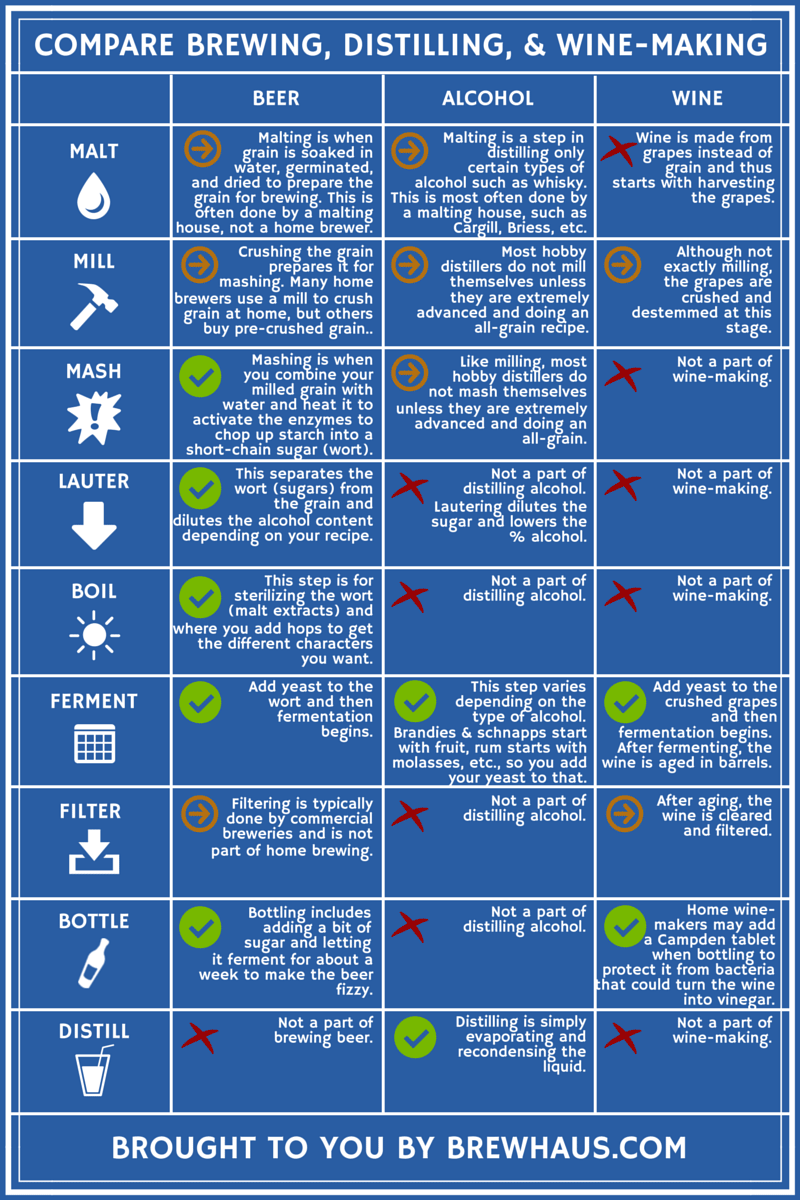Experience the Rich Flavor of Galveston Whiskey: Regional Specialties
Experience the Rich Flavor of Galveston Whiskey: Regional Specialties
Blog Article
Understanding the Craft of Purification: a Deep Study Distillery Traditions
Discovering the detailed art of purification unveils a world soaked in classic traditions that have formed the spirits we take pleasure in today. From the ancient origins of distillation techniques to the contemporary advancement of distillery tools, each step in the process carries with it a rich tapestry of history and knowledge. As we dive into the delicate equilibrium of typical versus modern-day distilling practices and discover the significance of essential components, a deeper understanding emerges of the profound influence distillery customs have on the spirits we enjoy.
Beginnings of Purification Techniques
The growth of distillation techniques has an abundant background that traces back to old people. The origins of purification can be connected to very early worlds such as the Mesopotamians, Egyptians, and Greeks. These ancient cultures made use of simple purification approaches for perfumery, medication, and producing alcoholic drinks. The concept of separating parts based on their various boiling points laid the foundation for the sophisticated purification processes we have today.
The earliest proof of purification go back to around 3000 BC in Mesopotamia, where clay pots were used to boil down fragrances and aromatic oils. The Egyptians better advanced these methods, making use of distillation for embalming practices and medical objectives. The Greeks, especially numbers like Aristotle and Hippocrates, added to the theoretical understanding of purification.
With time, purification spread to regions like India, China, and the Center East, each culture adding its distinct touch to the craft. The advancement of purification strategies proceeded through the Center Ages and the Renaissance, eventually causing the varied range of distillation processes utilized in contemporary distilleries worldwide.
Evolution of Distillery Equipment

With developments in innovation and a much deeper understanding of the purification process, contemporary distilleries now utilize a selection of sophisticated equipment to produce spirits of the highest possible high quality. Today, distillation equipment consists of column stills, reflux stills, and hybrid stills, each made to deal with specific distillation needs. These modern stills offer far better temperature policy, raised purification precision, and greater effectiveness in dividing alcohol from impurities.
Along with stills, distilleries currently use innovative condensers, fermenters, and purification systems to further refine the extract. The development of distillery tools remains to play a critical function in forming the diverse array of spirits readily available out there today.
Conventional Vs. Modern Distilling Practices
On the other hand, modern-day distilling practices utilize advanced innovation and advancement to improve production procedures and boost uniformity. Automated systems, digital controls, and state-of-the-art tools allow contemporary distilleries to create spirits more effectively and with better precision.
While conventional distilling techniques are cherished for their heritage and the special flavors they produce, modern techniques use benefits in terms of scalability, quality assurance, and sustainability. By integrating scientific advancements and modern design, distillers can maximize manufacturing, lower waste, and fulfill the demands these days's market better. Ultimately, the selection between contemporary and typical distilling methods often relies on the distillery's objectives, values, and target audience.
Trick Components in Distillation Process
Within the craft of distillation, the choice of crucial ingredients plays a vital duty in identifying the taste profile and high quality of the spirits created. The main components used in the purification process are typically water, yeast, and a fermentable source such as grains, fruits, or sugarcane.
Water is a basic element as it not only waters down the alcohol content to a tasty level yet also impacts the total mouthfeel and appearance of the spirit. The high quality and mineral content of the water utilized can considerably impact the final product.
Yeast is another crucial ingredient that converts the sugars existing in the fermentable source right into alcohol through the process of fermentation. Different strains of yeast can create differing scents and tastes, adding to the special attributes of the spirit.

Influence of Distillery Traditions on Spirits
The impact of historical distillery customs on spirits expands beyond the choice of essential ingredients, forming the really essence and personality of the final distilled products (Galveston Liquor). These traditions, passed down with generations, play a crucial duty in specifying the unique taste accounts and high qualities that differentiate one spirit from another
Distillery practices incorporate a wide variety of techniques, from the certain strategies utilized in distillation to the selection of aging procedures utilized. For instance, the usage of conventional click for more copper pot stills in bourbon production is believed to present certain tastes and characteristics that are very valued by connoisseurs. Similarly, the aging of spirits in oak barrels, a practice deeply rooted in distilling customs, adds to the growth of complicated fragrances and flavors gradually.

Conclusion
From the beginnings of distillation techniques to the modern-day practices, the impact of distillery practices on spirits is obvious. Distillery traditions play a vital role in forming the spirits market and protecting the heritage of purification practices.
Throughout the background of purification, the tools made use of in distilleries has undertaken considerable evolution to improve efficiency and high quality of the distillation process.With advancements in modern technology and a deeper understanding of the distillation procedure, modern distilleries now utilize a range of advanced tools to produce spirits of the highest quality. Today, distillation devices consists of column stills, reflux stills, and hybrid stills, each designed to cater to certain purification demands. From the origins of purification methods to the modern methods, site web the effect of distillery traditions on spirits is obvious. Distillery practices play an important duty in forming the spirits market and maintaining the heritage of distillation techniques.
Report this page